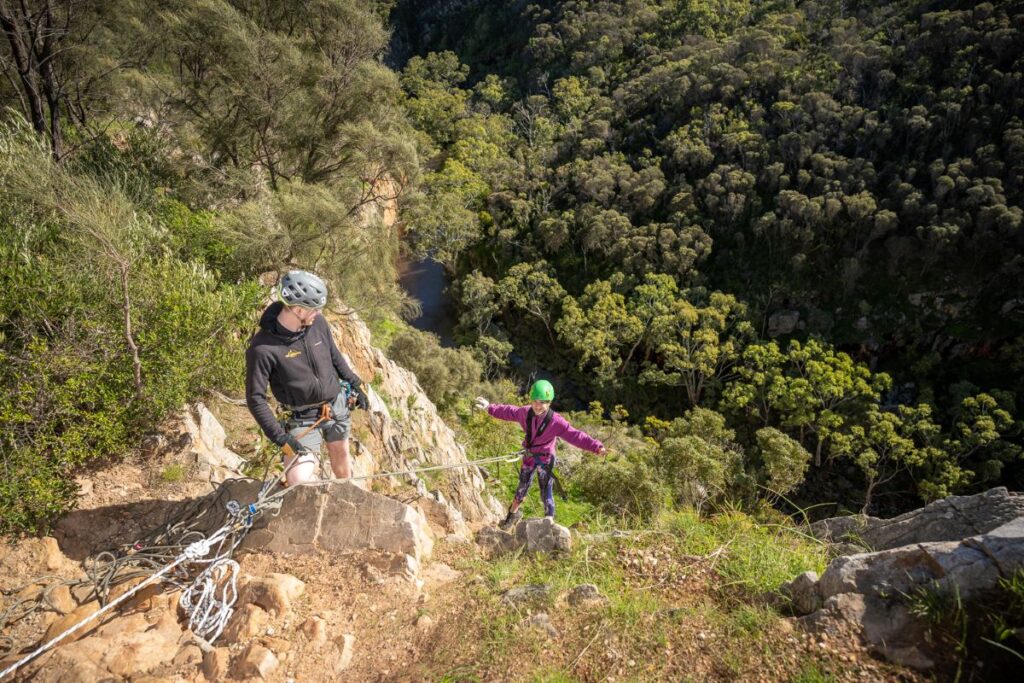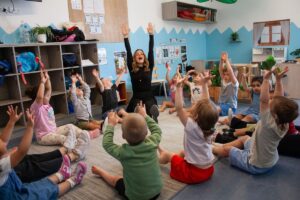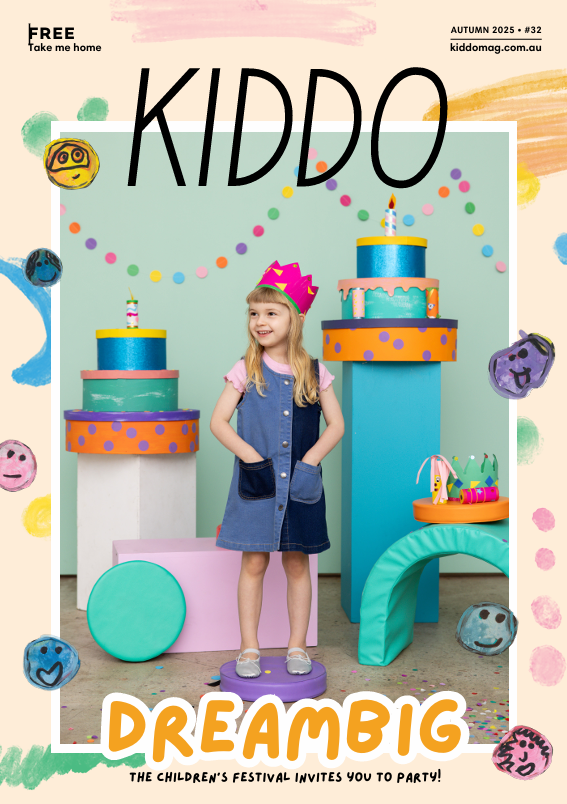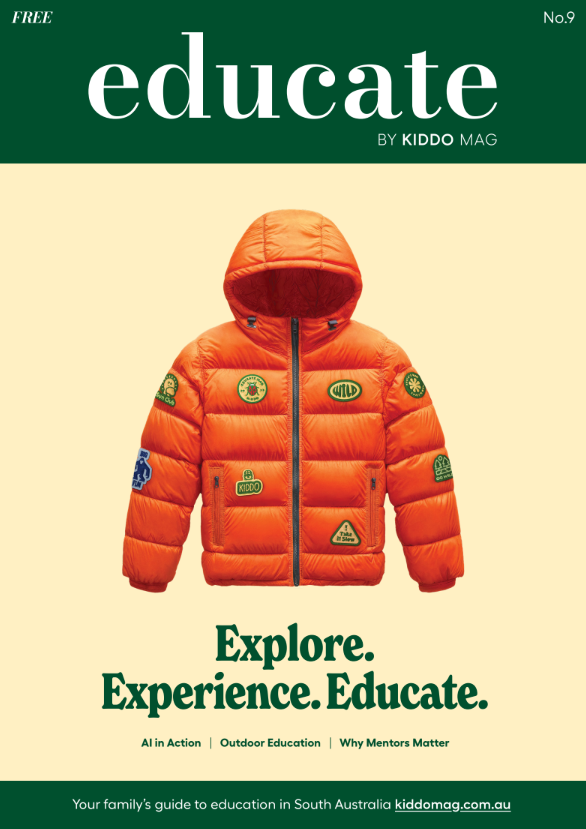By Michael Secomb, M.Teach., BAppSc(HumMove), Secretary of Outdoor SA, Consultant for Wilderness Escape and TOEC (The Outdoor Education Consultants)

Adolescents aged 12–16 sit at a critical junction of development. Identity is forming, emotional regulation is still emerging, and school can begin to feel either deeply engaging or disheartening. At this age, education outside the classroom—whether through structured outdoor programs or informal, nature-based learning—offers more than enrichment. It offers a pathway to confidence, connection, and personal discovery.
Evidence increasingly backs what outdoor educators have long known. A major Australian study by the Outdoor Youth Programs Research Alliance (OYPRA), which tracked over 300 Year 9 students over three years, found clear improvements in mental health, resilience, and self-efficacy after a five-day outdoor experience. Notably, students who began with elevated anxiety or low self-confidence experienced the most dramatic improvements (OYPRA, 2021). One in five reported feeling more capable and independent post-program, particularly in decision-making and working with others.
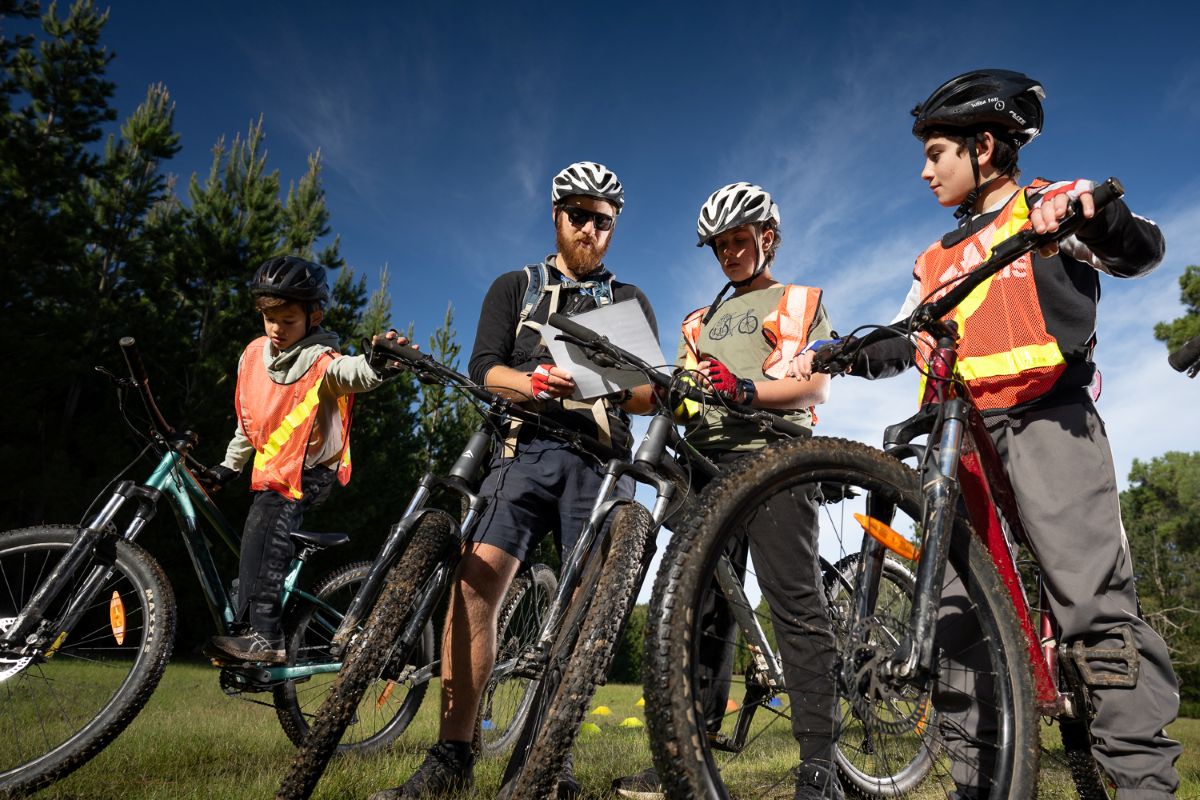
These outcomes resonate with what teachers are seeing in their own classrooms. A 2020 global teacher survey found that 88% of educators reported higher engagement when teaching outdoors. Nearly 9 in 10 said students returned to class happier and more settled (Outdoor Classroom Day, 2020). These shifts aren’t just behavioural. They affect how students learn. Nature-based settings reduce stress, encourage focus, and create real-world context for academic subjects. Outdoor maths tasks, science experiments in local ecosystems, or geography lessons on the land itself all become more engaging and more memorable.
Academic benefits also appear in standardised measures. International research shows that 65% of schools with environmental education programs outperformed comparable schools in mathematics. Educators also reported stronger skill mastery and retention across subjects when students learned outdoors (State Education and Environment Roundtable, 2005).
What makes outdoor education so effective isn’t just the change of scenery. It’s the change in mindset. Students aren’t simply listening; they’re collaborating, experimenting, problem-solving. They’re forced to adapt—to weather, to terrain, to one another. Whether hiking, paddling, or cooking a meal on a camp stove, they build interpersonal skills that are hard to replicate inside four walls. Teachers often observe a shift in dynamics: students who may struggle in traditional classrooms take the lead outdoors, showing initiative and resilience in unfamiliar settings.
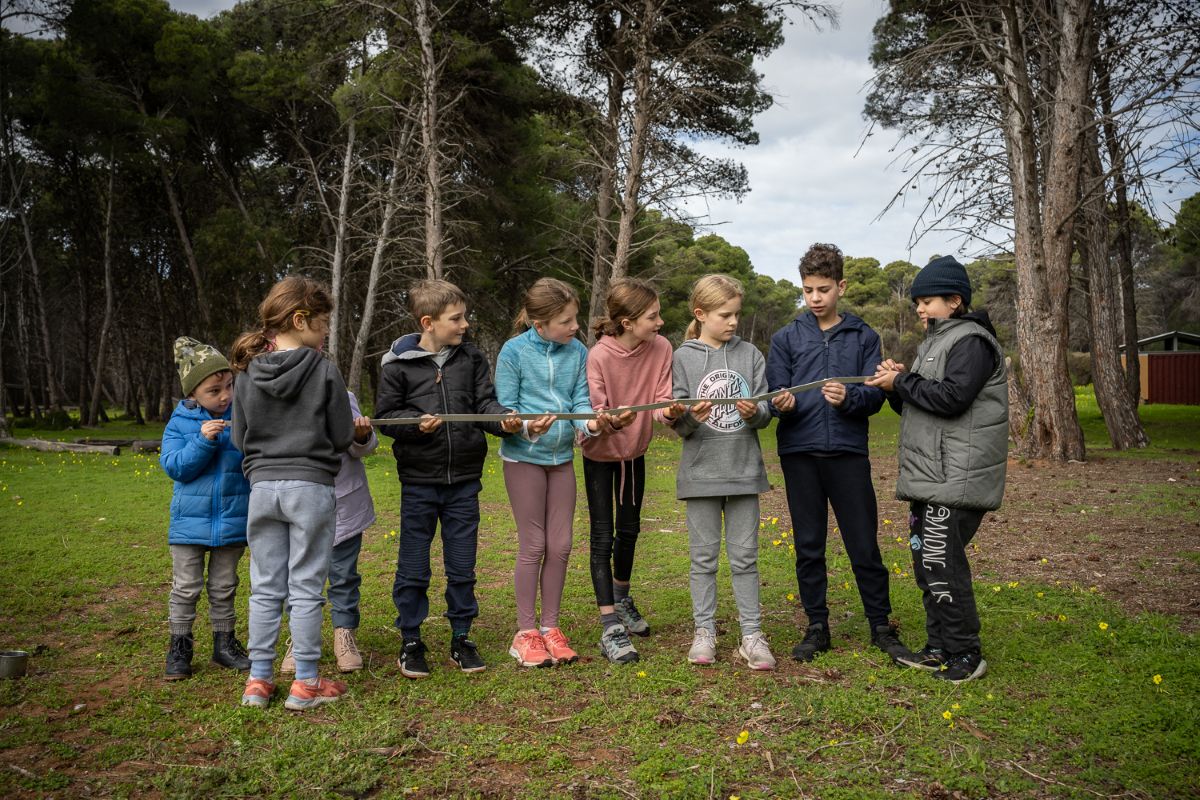
One South Australian teacher reflected that an outdoor expedition had revealed strengths in a disengaged student who had otherwise kept to the margins of school life. Others note how their students return from such experiences more confident and connected—not just with their peers, but with themselves.
Australia’s policy landscape supports this in principle, though implementation varies. Programs such as Victoria’s Outdoor & Environmental Studies and Queensland’s Nature Play initiatives provide formal pathways for schools to incorporate outdoor learning. Meanwhile, everyday opportunities—like gardening programs, walking classrooms, or science fieldwork—remain powerful, low-cost ways to bring learning outside.
A standout model is the Learning on Country program, run in remote Aboriginal communities in the Northern Territory. Co-designed by Elders, teachers, and Indigenous Rangers, the program integrates traditional knowledge—like land management, storytelling, and bush medicine—with the national curriculum. Students build literacy and numeracy skills while on Country, engaging in culturally responsive education that strengthens identity and purpose. The program has been linked to higher engagement, improved attendance, and stronger outcomes for Indigenous youth (Learning on Country, 2024).
Despite this momentum, outdoor education can still face resistance. Tight timetables, risk management concerns, and academic pressures often push it to the margins. But the post-pandemic landscape has shifted perspectives. During COVID-19, outdoor classrooms became a necessity. In the aftermath, many schools discovered something profound: outdoor learning wasn’t just safer—it was better. Students were more alert, more involved, and often, more joyful.
Parents can play a role in sustaining this shift. Encouraging schools to embed outdoor components in curricula, supporting participation in camps or excursions, and fostering unstructured time in nature all contribute to a culture that values learning in the real world—not just about it.
For students in their early teens, the outdoors isn’t a luxury. It’s a space to try, to fail, to succeed, and to grow. Outdoor education builds skills that transcend academic scores: resilience, collaboration, decision-making, and self-worth. In a time when student wellbeing is under pressure, and engagement in learning is critical, the act of stepping outside may be one of the most important steps we can take.
Follow KIDDO on Instagram and Facebook, and subscribe to our weekly newsletter
